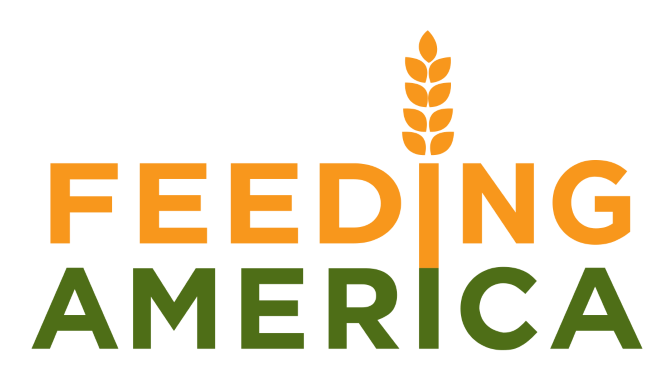Feeding America has published its annual Map the Meal Gap research, which again finds that food insecurity persists in all 3,143 counties and county equivalents, and in all 436 congressional districts in the U.S. This year’s study, includes food insecurity rates for many racial and ethnic groups, and finds that certain communities are disproportionately affected.
"Every community in this country experiences food insecurity, but we do not all experience it the same way. These data provide the most complete picture available, and we know behind these data are people and communities who will be impacted by the changes we must make to ensure no one goes hungry," said Tom Summerfelt, PhD, chief research officer of Feeding America, in a statement. "It is only by understanding the realities of food insecurity within our communities that we can truly address them. Map the Meal Gap provides incredible insights and data and is available to everyone so that people facing hunger, policymakers, and community leaders can come together and craft policies that increase food access for all."
The research uses the most recent data from the USDA, the Census Bureau, the Bureau of Labor Statistics, and food price data and analysis from NielsenIQ, a global measurement, and data analytics company, to estimate food insecurity.
The report also found that, although nearly 40 percent of the food insecure population is white, Black, Native American, and Latino communities are between 2 and 3 times more likely to live in food insecure households.
"Map the Meal Gap provides invaluable data to help better illuminate racial and geographic disparities. That in one county, one group experiences hardship at a rate ten times higher than another group should be an awakening. Still, we know that there are other groups, such as Native Americans and Asian American and Pacific Islanders, for which data are not available that also are underserved," Summerfelt said. "To address these gaps, federal and state surveys must invest in adequately sampling and collecting food insecurity data that can be disaggregated in meaningful ways.”
The report's other findings include:
• 9 out of 10 food insecurity counties are rural
• 8 out of 10 high food insecurity counties are in the South
• The national average cost per meal is $3.25
• 1 in 3 people facing hunger are unlikely to qualify for SNAP
The research study was awarded the 2021 Policy Impact Award by the American Association for Public Opinion Research. This information is made publicly available to help leaders develop strategies to meaningfully fight hunger.
Related: USDA Invests in Underserved Agricultural Workforce; Pepsico Works To Address Food Insecurity

